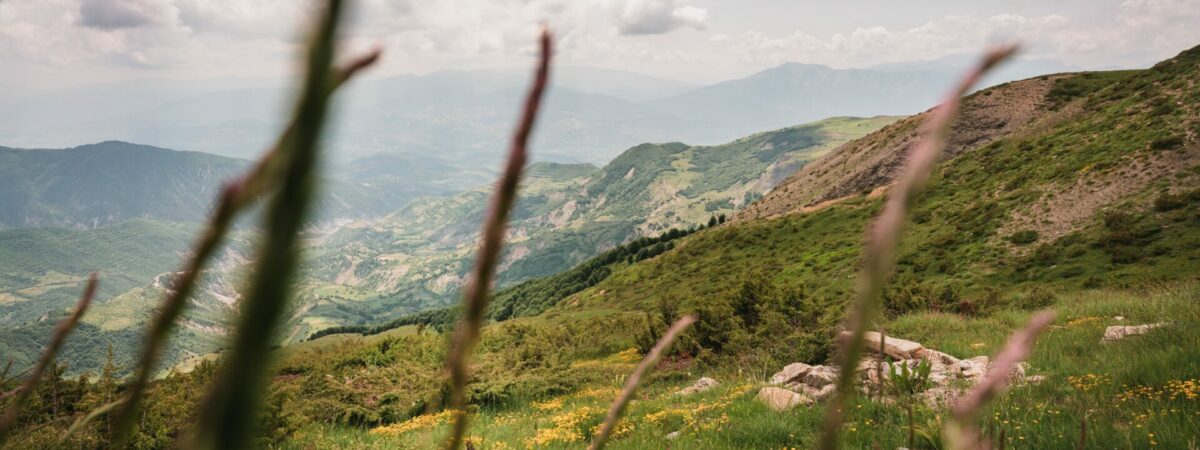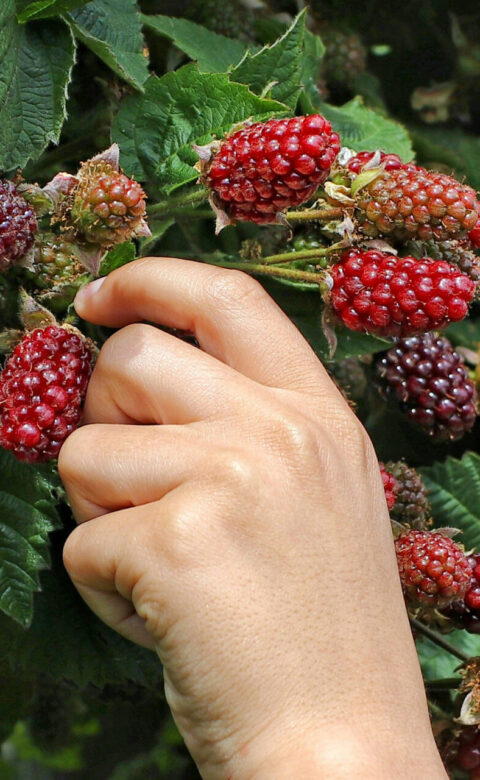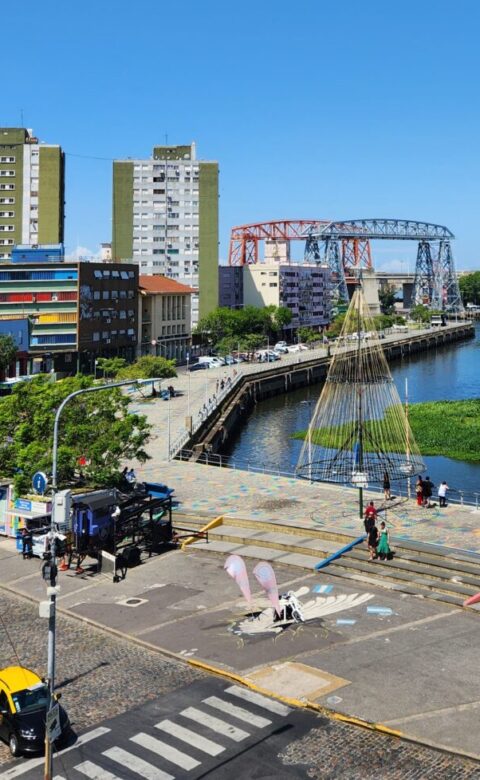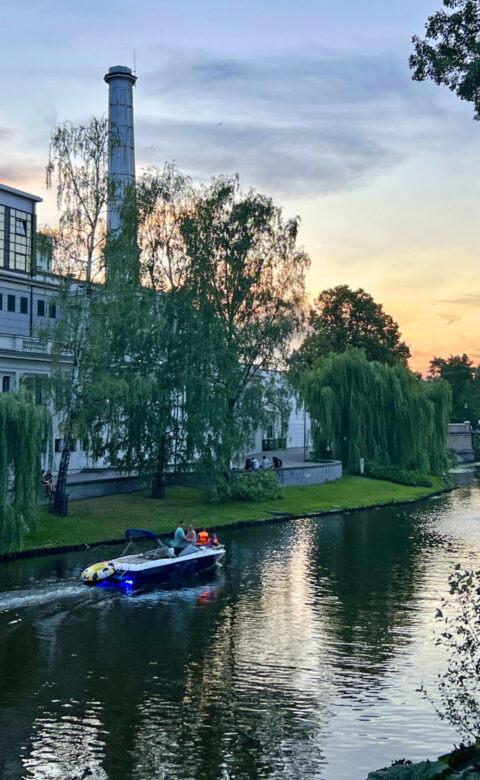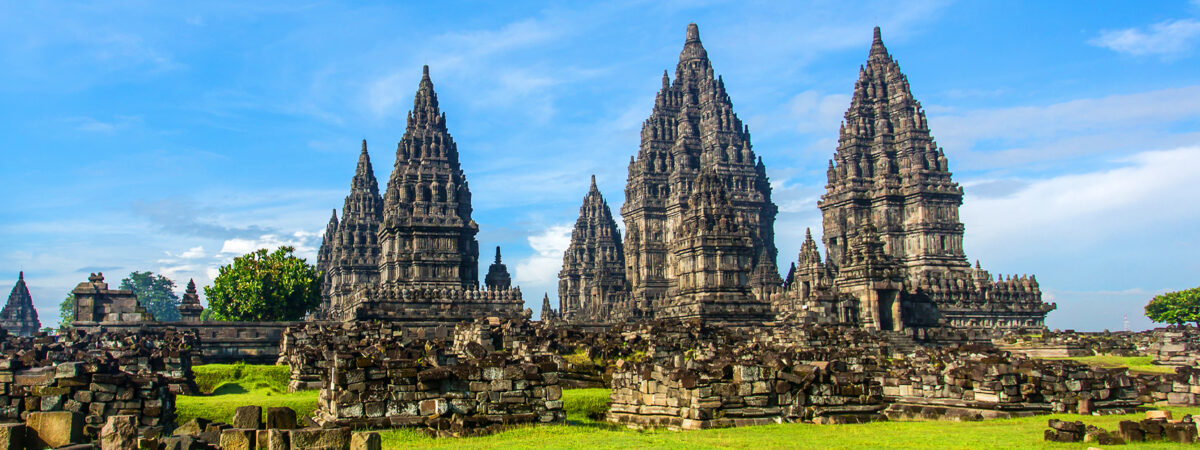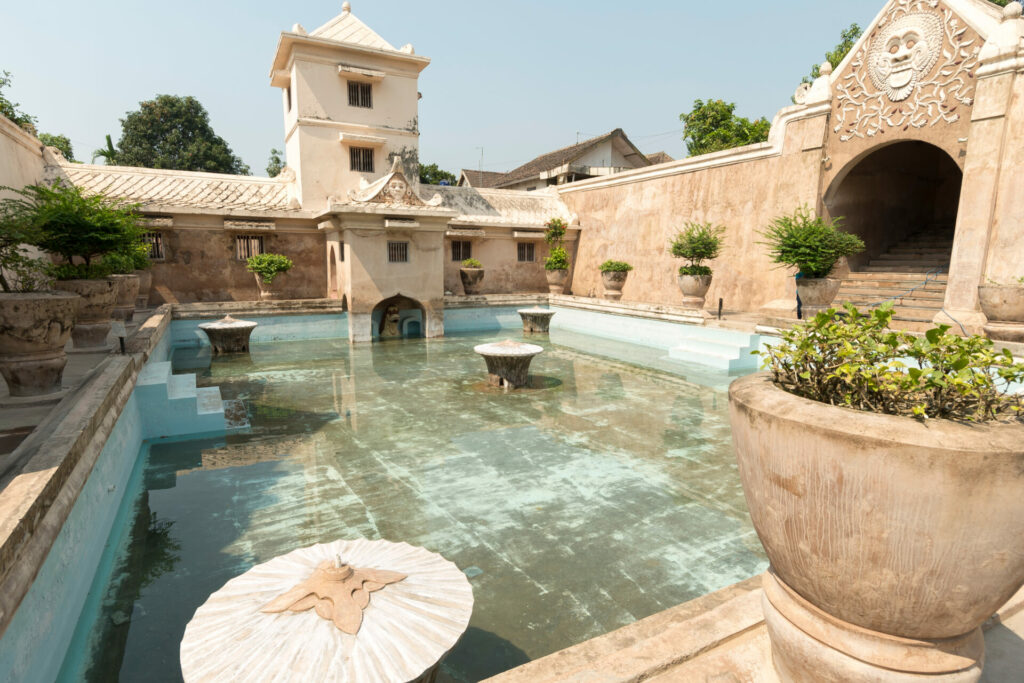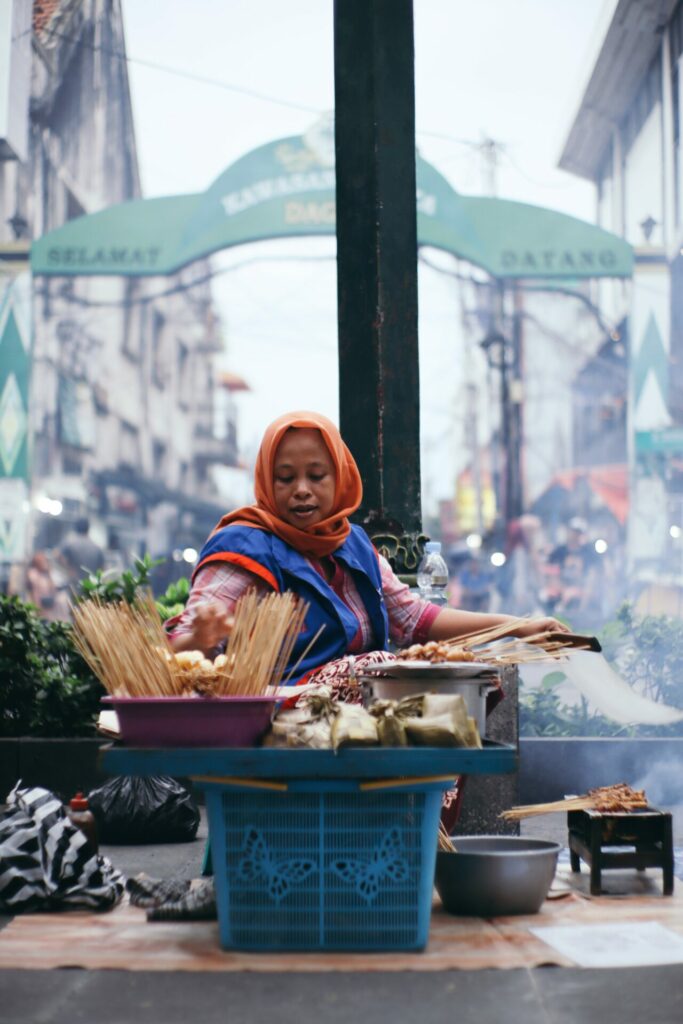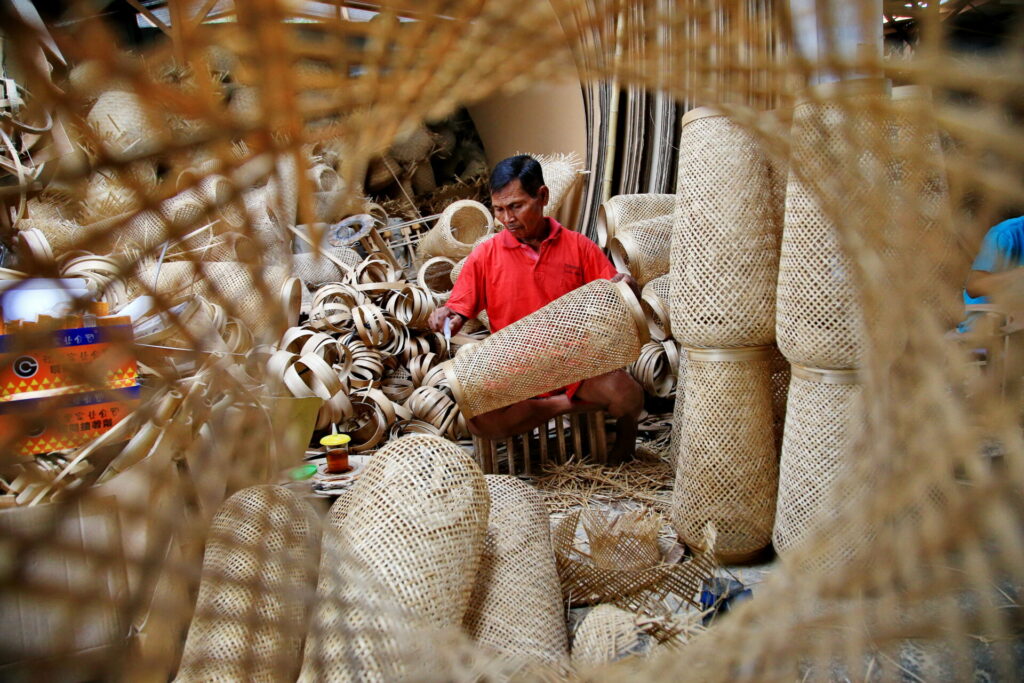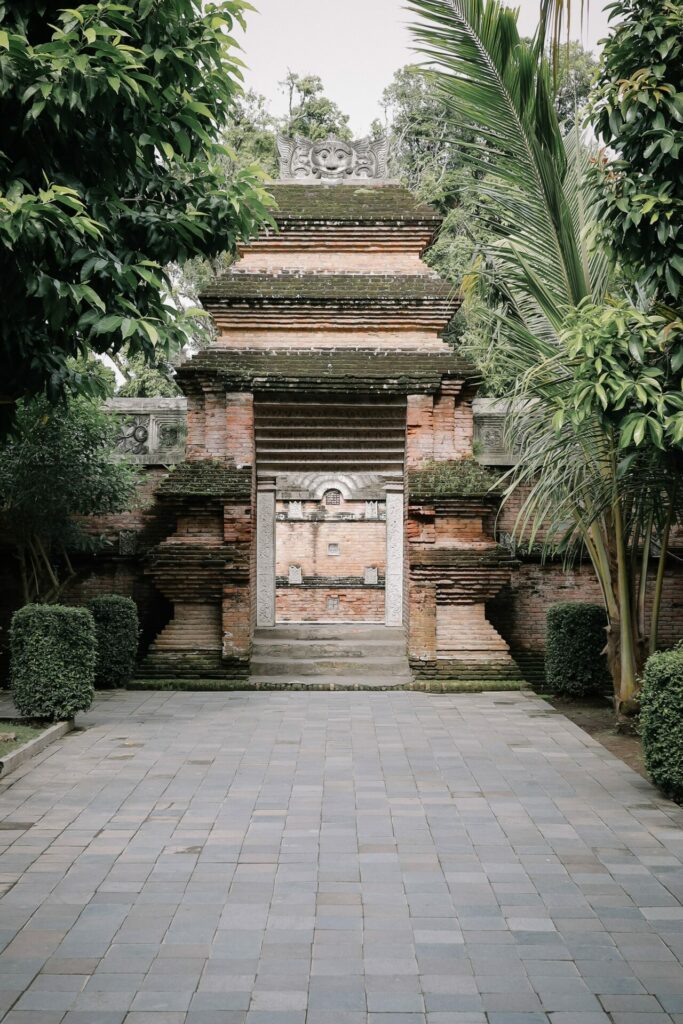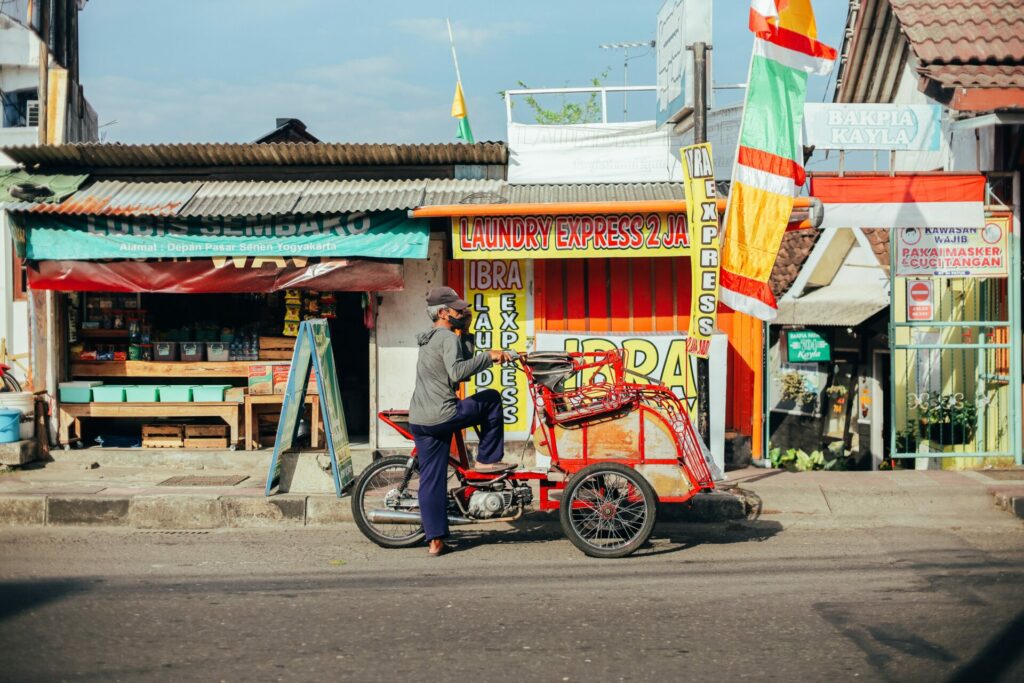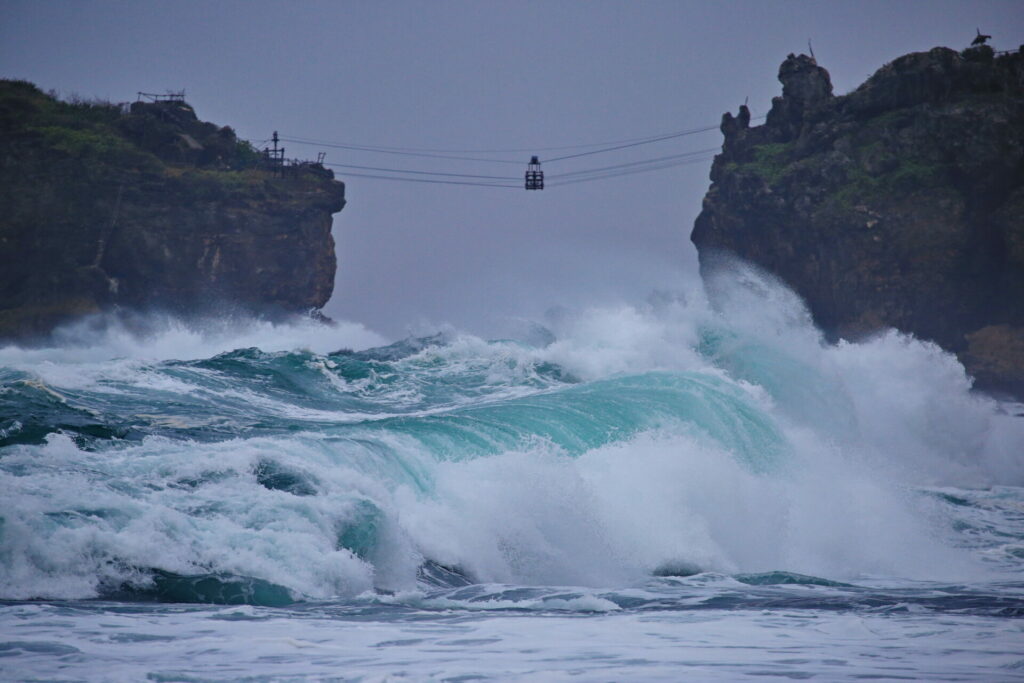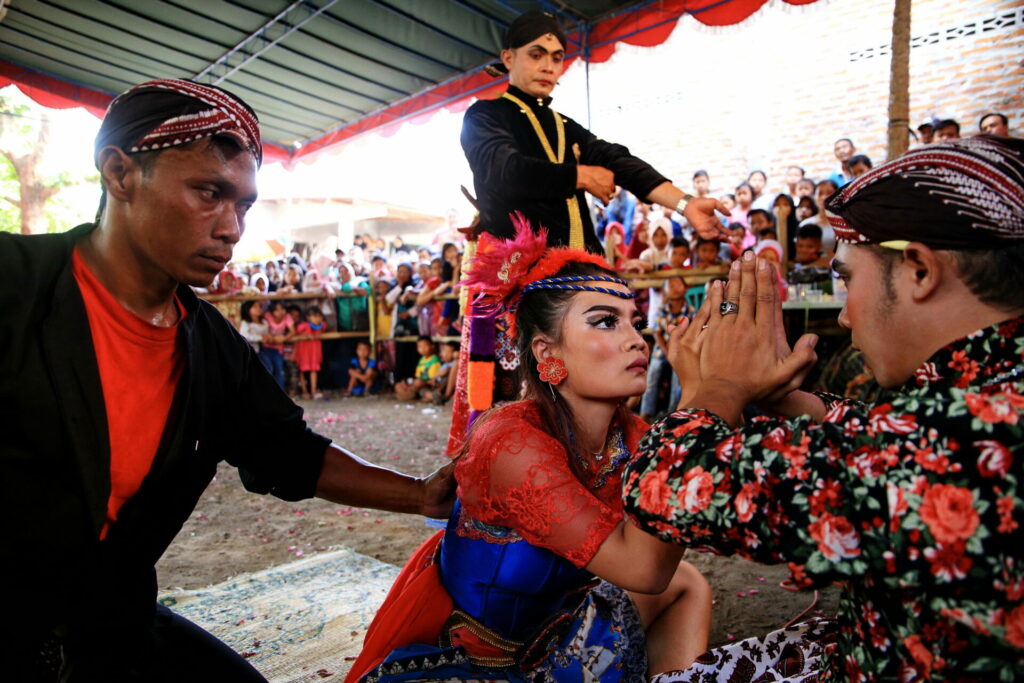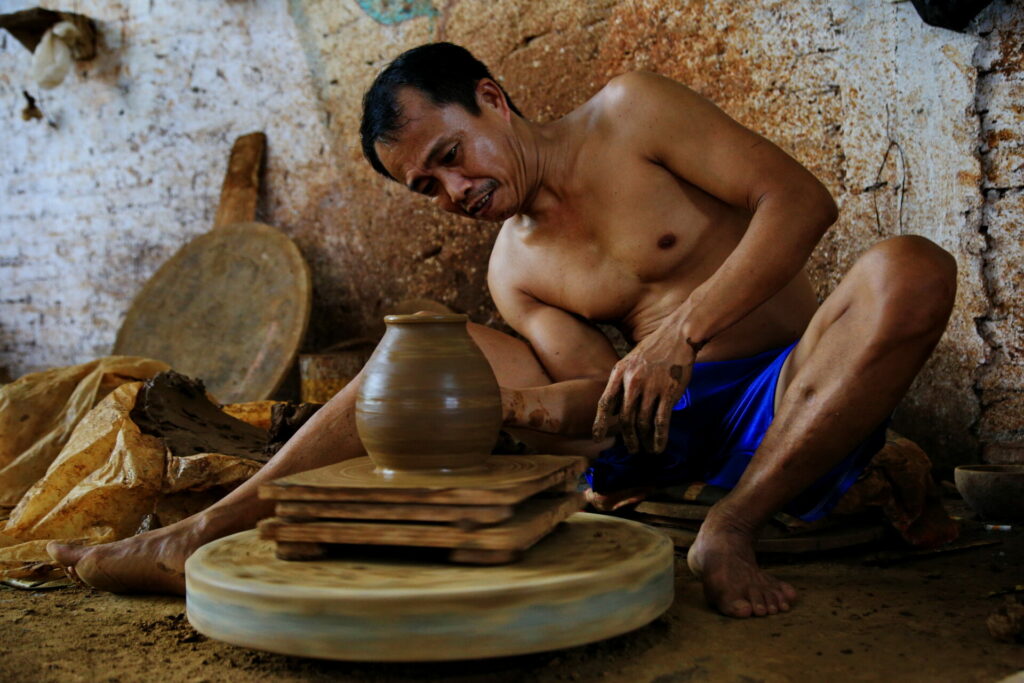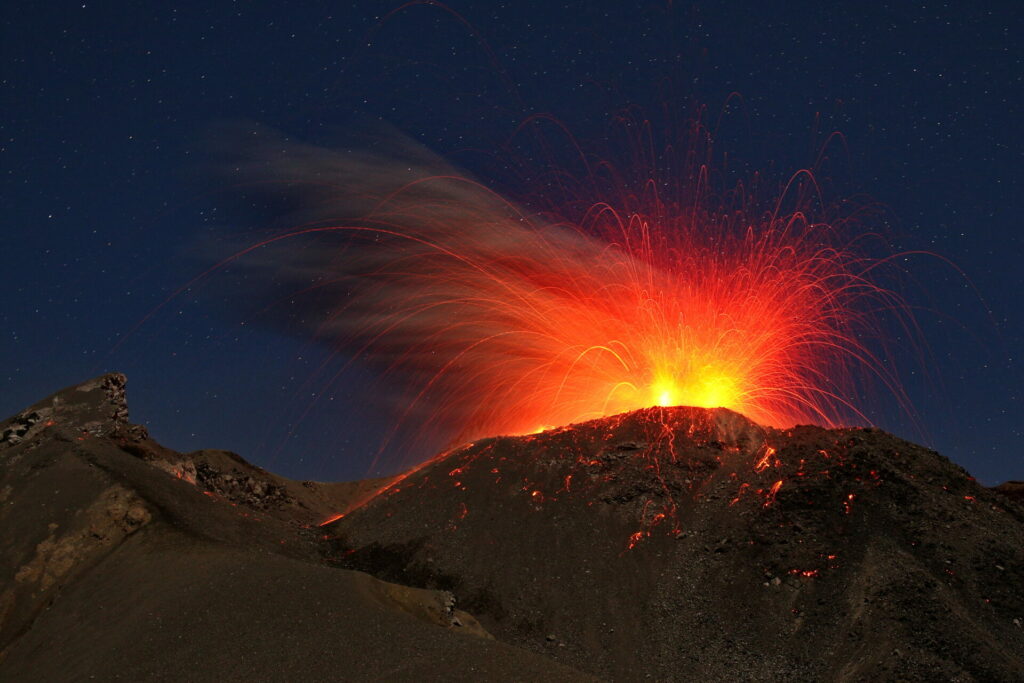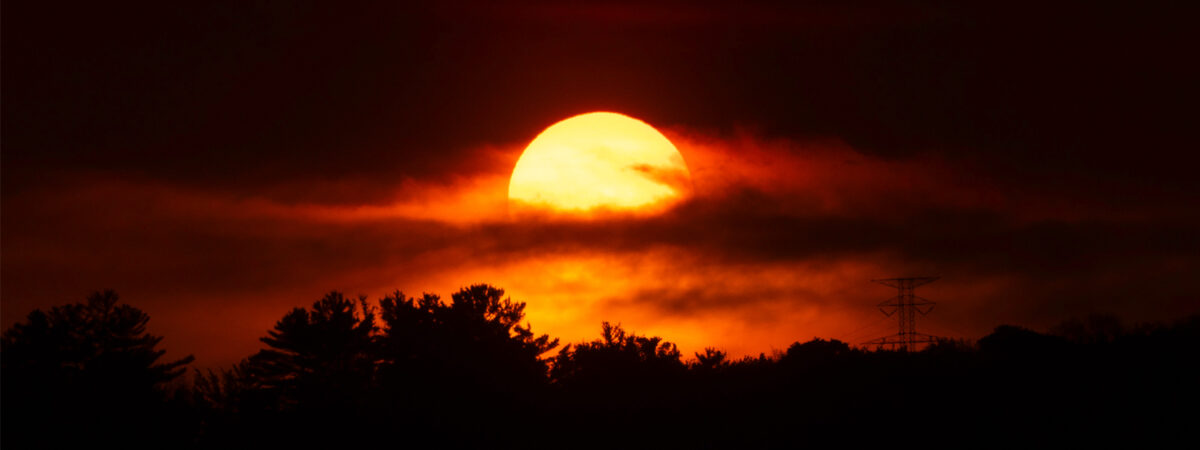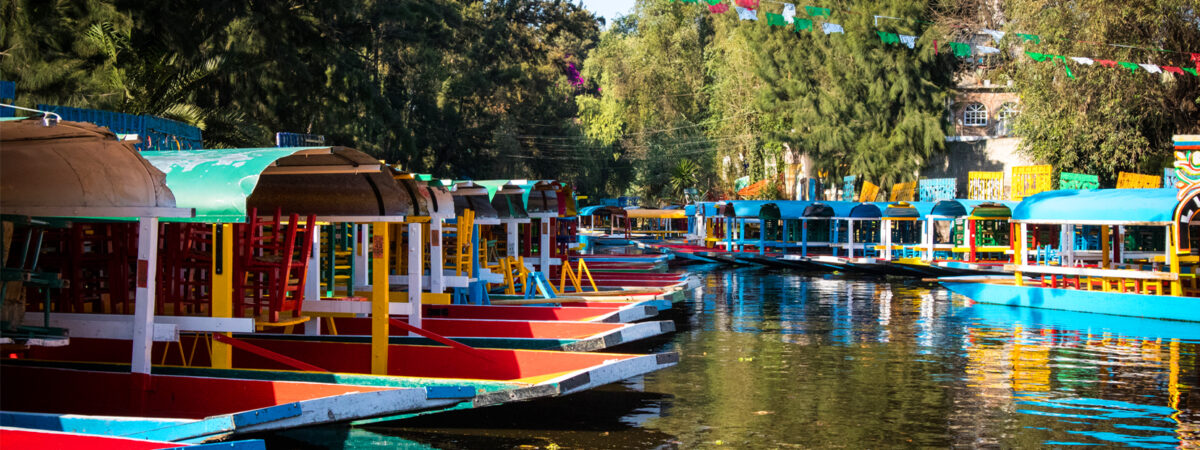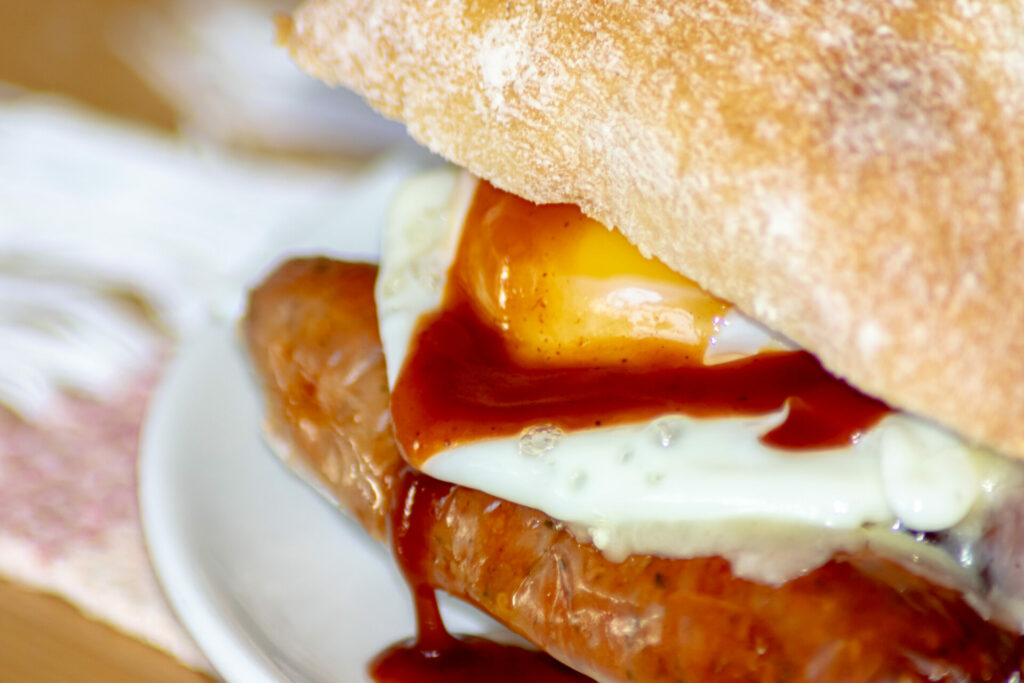The High Scardus Trail is a new, long-distance, transnational trekking route that meanders between the countries of Albania, Kosovo, and North Macedonia in the Western Balkans. The name “Scardus” derives from Latin, meaning “colourful” — and the 20 stages of trekking in this region are nothing but.
This destination offers a unique opportunity for trekkers to journey almost to another time, witnessing age-old traditions in pastoral, rural communities. The splendour of its wild landscapes is matched only by the authenticity of the local hospitality.
The first stage of the High Scardus Trail leads from an alpine hut in North Macedonia to the Kosovar border, via the peak of Ljuboten (2,498 metres). At day’s end, we find ourselves in the village of Brezovice, staying at a Yugoslav-era ski resort that looks slightly haunted when out of operation, out of season. A broken chairlift sits forlornly on the outskirts, and snow grooming machines sit in hibernation until the snows fall.
The cuisine along the trail leaves little to be desired. Usually one wouldn’t expect to order (or risk ordering) fish in the mountains of a landlocked country, but one of the trail’s many surprises can be found in the village of Lubinje, Kosovo (Stage 3). The owner of Guesthouse Papradjina runs a significantly sized fish farm operation on his property and serves the most delicious mountain trout for kilometres.
While on the topic of food, Stage 11 begins in Radomire, Albania, under the peak of Mt Korab, the highest point along the High Scardus Trail at 2,764 metres. Inside the village is a small cheese factory, where if you are lucky, you may be given a cheerful tour by the operator, and taste some fresh samples of the local cheese, a staple throughout the entire region.
While on the Kosovo side of the trail, it is well worth taking a small detour to the town of Prizren in the foothills of the Shari mountains, through which the High Scardus passes (“Shari” being an Albanian derivative of “Scardus”). The town is a cultural capital of sorts: old stone bridges, a hilltop fortress, and many monuments and eateries worth visiting. Our visit occurred on a Sunday during a classic car show, and the town was buzzing with families and car enthusiasts.
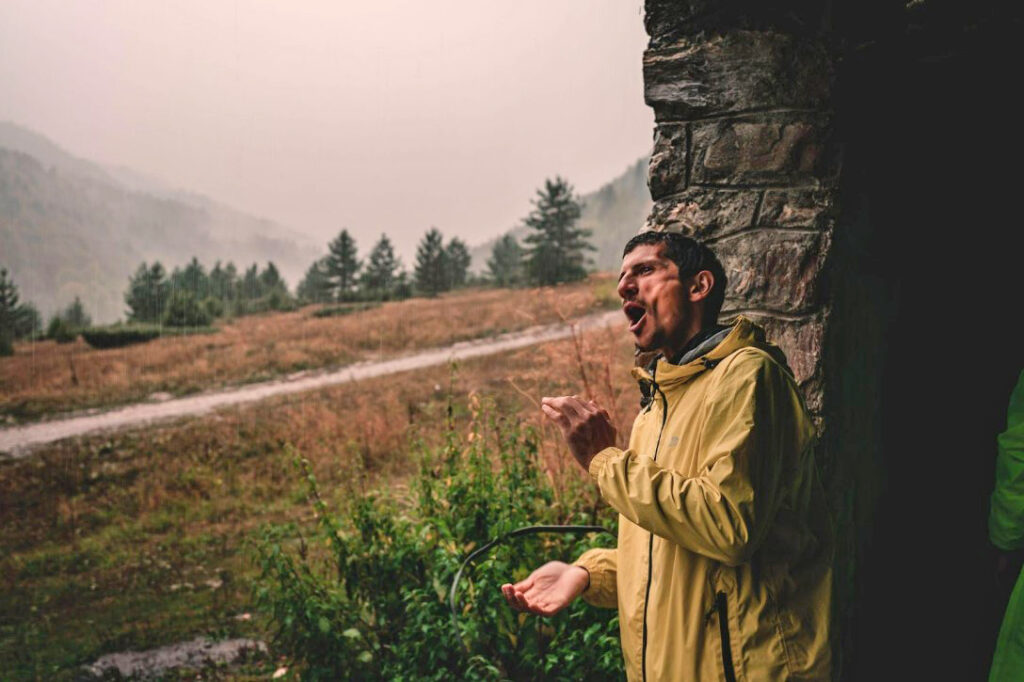
Somewhere along the borders of Kosovo and North Macedonia (the trail always finds itself hugging one frontier or another), we encounter thunderstorms and are forced to seek shelter in an abandoned mountain hut. As we wait out the rain and thunder, and arrange our wet gear around a small fire inside, one of our Kosovar guides, Arian Krasniqi, enthusiastically keeps our morale high while our belongings dry.
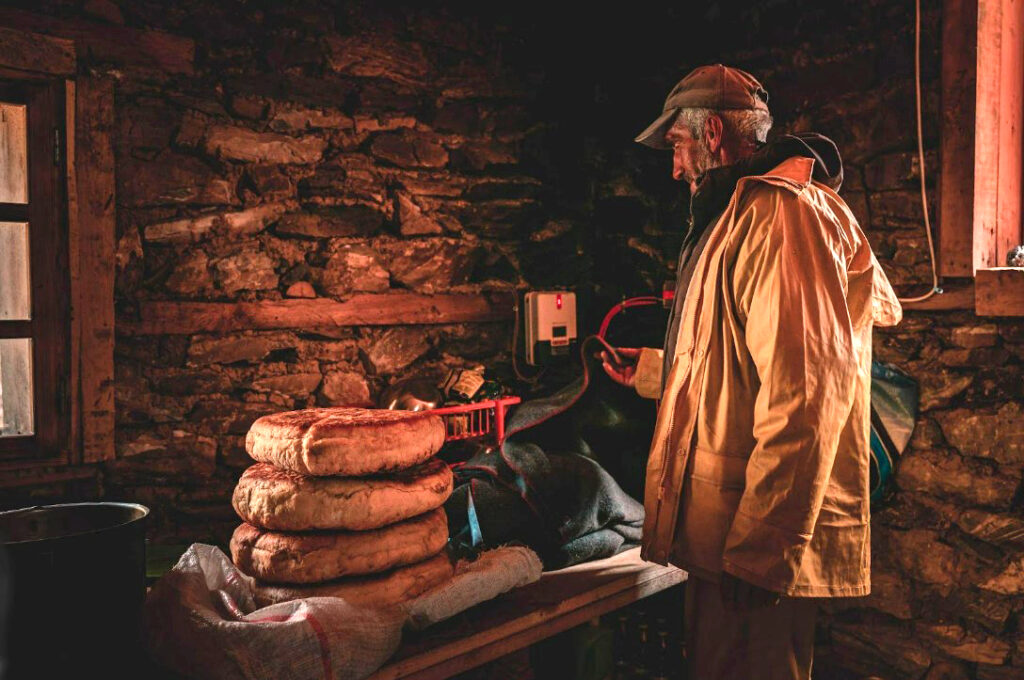
Later in the morning, the rain begins to ease; we abandon the hut and hurry towards the Kosovar border. We get hit by more scattered showers along our way, seeking shelter wherever we can. Our next shelter from thunder is inside the hut of this local shepherd. We hear the barking of dogs as we approach the flock, but thankfully our guides can handle the situation, and we are able to warm ourselves yet again and wait for the unpredictable weather to clear.
Speaking of shepherds and flocks, which are almost a daily occurrence along the High Scardus Trail, one often finds them at the borders between nations where there is not the slightest hint of a frontier or the existence of a state. The sheepdogs (a unique regional breed) will be minding the perimeters of the flock, and they can be dangerous if one comes too close to their charges.
After descending into Albania from Mount Korab, we come to the shepherd’s pastures of the Diber region. Here we meet Erind, the son of the shepherd who housed us. He had returned in recent months from living in London for nearly a decade. He leads me off-trail to a hidden panorama I wouldn’t have otherwise found, and along the way he shares with me a bit of his story. “For work, it’s [London’s] good. For living, no. Seven years go by, you remember nothing.”
From Diber, we cross a pass to descend into a valley where the quaint, stone village of Rabdisht is situated. We encounter this farmer on our walk through the cobbled streets with Sabriu, the former doctor who owns the guesthouse in which we had stayed. Aside from the power lines and satellite dishes, these frontier villages make you feel like you are journeying through time. The food and hospitality we experienced at Guesthouse Sabriu were among some of the best I have experienced in Europe.
One of the unique characteristics of Albania is that it is strewn with concrete bunkers that hark back to the days of Enver Hoxha’s isolationist Communist dictatorship. Paranoia led Hoxha to order the construction of tens of thousands of these bunkers (the estimates fluctuate greatly) all over the country to defend against what he thought was an imminent invasion from the outside world. No one ever came, however, or perhaps no one was even thinking about little Albania in post-WWII Europe as the Cold War escalated. We decide to adorn these symbols of fear with Buddhist prayer flags — universal symbols of compassion.
The final stages of the High Scardus Trail lead us through North Macedonia along ridges overlooking Lake Ohrid, believed to be Europe’s oldest and deepest freshwater lake. Though not on the trail technically, a side trip to the old town is not to be skipped, as it features Roman monuments/ruins, and a slew of lakeside cafés and eateries. We find ourselves warmly welcomed by local entrepreneurs who have opened a wine bar on the site of a historic winery.
When in the country, be sure to avoid saying “North” in connection to “Macedonia,” as the locals are understandably still bitter about being forced to change the name after a dispute with Greece (which counts a large part of what was formerly Macedonia as part of its territory).
On the second to last stage of the High Scardus, we are greeted by a local shepherd as we sit at breakfast outside of the mountain hut where we had spent the previous night. His name was Naum; he had grown up around animals but had taken up shepherding late in life, after closing a shop in his village that he had owned for 20 years. Having spent his early childhood in Australia, he spoke terrific English and exhibited a wealth of knowledge in poetry, literature, and philosophy unlooked for in such a remote corner of Europe. This encounter again reminds us that there are lessons to be learned and discoveries to be made all along this unknown, splendid corridor.
The writer joined Ethical Travel Portal and Trail Angels on a media-funded trek along the High Scardus Trail through this strongly intertwined region. In visiting Albania, Northern Macedonia and Kosovo, we explored this new and fascinating long-distance hiking route, gaining a greater appreciation for the diverse cultures and natural beauty that it journeys through. The words in the article are Matt’s own, and he has pitched the story according to the same principles as other writers.

